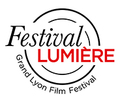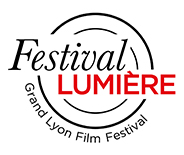Wes Anderson
“I fell in love with the
words of Roald Dahl”
Posted on 17.10.2023
Cheered like a rock star, the American filmmaker won over the audience at the Lyon Auditorium, who were able to see his delightful adaptation of Roald Dahl's short story The Wonderful Story of Henry Sugar on the big screen.
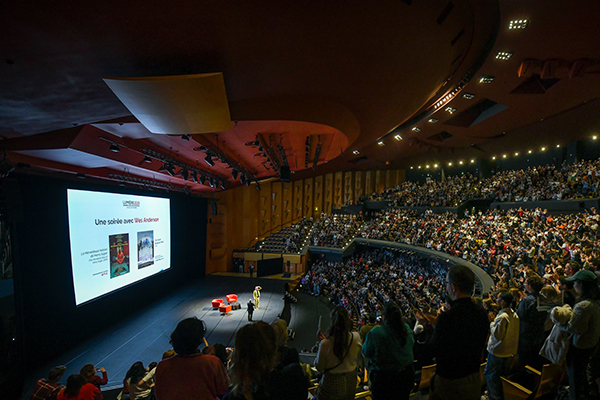
© Jean-Luc Mège
Being a filmmaker, but not just that...
To make films, I believe you need to have, above all else, an unwavering love for the human soul. But from my point of view, without the intervention of fate, making a career in the 7th Art is difficult. Luck is an important factor. When all these elements come together, it opens its doors wide, as it has done for me over the last twenty-five years. I see myself as an artist and a filmmaker, but also as a writer and an architect, two professions that I dreamt of when I was younger. And the great thing is that cinema now allows me to put on all these different costumes. When I finish a film, I can't wait to open the page to the next one.
Constant renewal with perfect consistency
I never start directing a film with the initial idea that it has to be in my style. I always approach it by focusing on the story I want to tell and on what is new in my vision of things. Above all, I ask myself how I can make what I want to tell intelligible to the viewer. Of course, my films are visually interconnected and I often hear people say that my cinema is instantly recognisable. It's a bit like my handwriting style: I do Wes Anderson and I accept it! But I always try to approach each story differently.
Animation akin to an isolated retreat
The first time I made an animated film was for Fanstastic Mr Fox. I was interested in the stop-motion technique, which I had wanted to experiment with since I was a child. The second time was like a new departure, even though I'd acquired a method. I wanted to experience teamwork in animation cinema in greater depth. Its technical and human dimensions. I knew what was involved in directing an animated film. I had a precise objective in mind and I knew the difficulties as well as the joys that come with an animation project. Of course, I had a story to tell, but I also wanted to experience this project as a team of people. For me, directing an animated film is a bit like starting a retreat in a monastery.
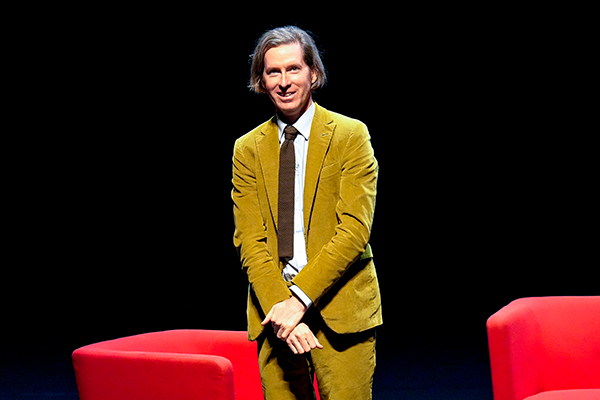
© Sandrine Thesillat / Jean-Luc Mège
His troupe of actors and his... bus!
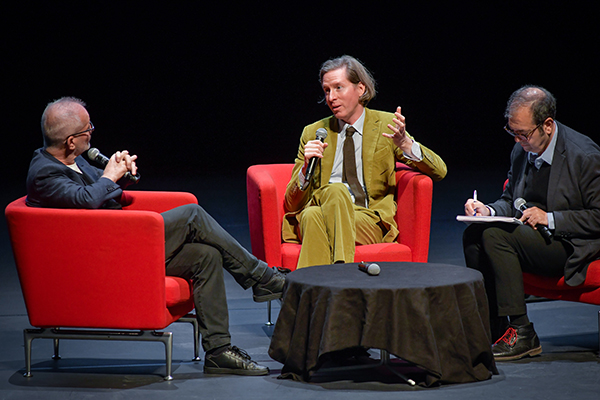
© Jean-Luc Mège
Towards further visual extremity?
Crazy characters, really?
Reported and edited by Benoit Pavan
